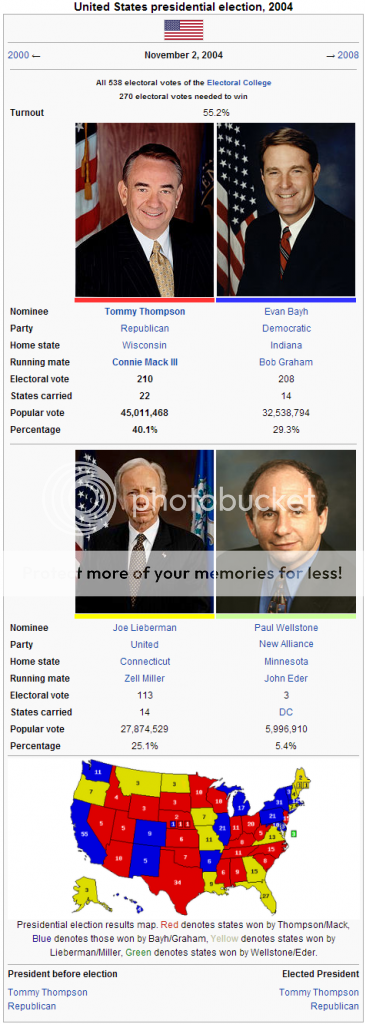Alright, but how does it actually work here? Are the senators elected at-large in their provinces like in America, through separate senate ridings, using some sort of proportional system, or what?
I was wondering that myself. The Senate leaders as their home seats appear to have their own OTL ridings, in spite of the Senate having half the amount of seats as the Commons does.
Otherwise, I like where you're going with this TL, Tory. Becoming leader of the Senate seems like a good way of getting Alexa into a key role in Ottawa politics without the NDP being wiped out beforehand. Also, Methinks the only point of this TL to get a PM Prentice instead of Harper.
One more thing though: why does Layton almost always do so well in Canadian TLs? I ask as someone not from Canada who sees Layton was an outspoken councillor who became leader at the NDP's nadir (being everyone in the NDP's second choice) had a broad appeal at a time when the Liberals were imploding.


